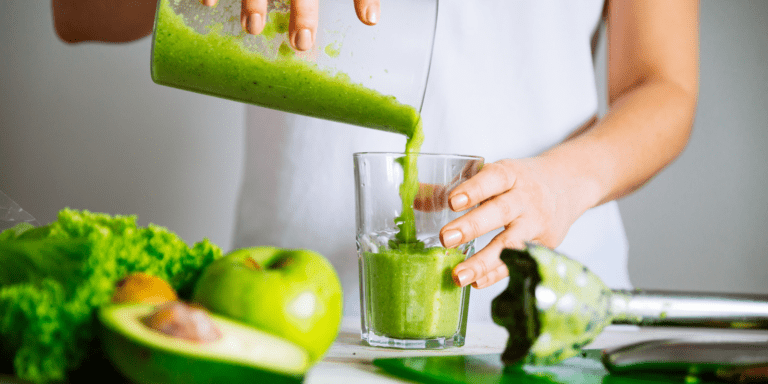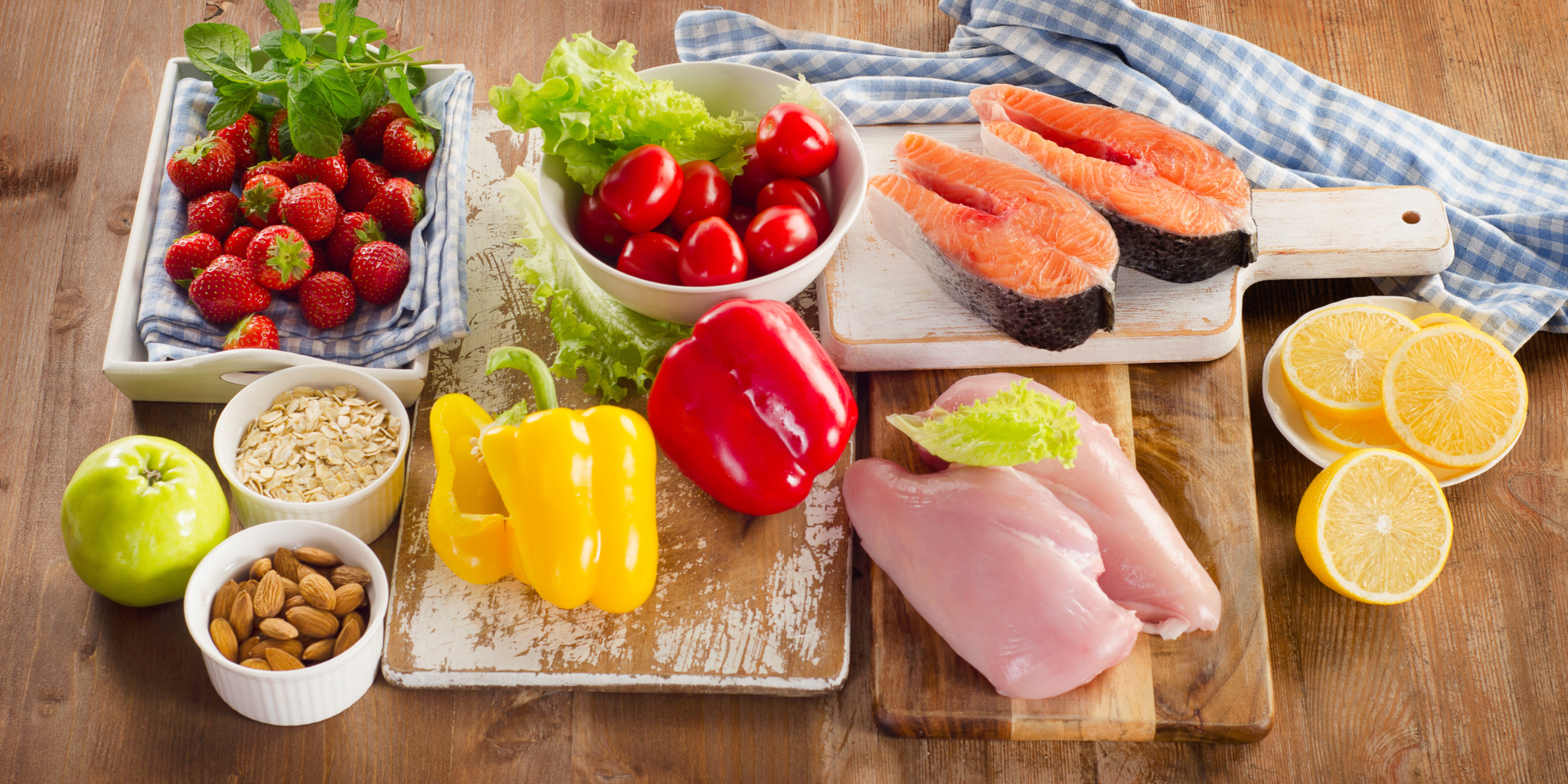Foods to Control Blood Sugar:
Top 7 Natural Ways to Lower Blood Sugar
Foods to control blood sugar were an important discovery for my family when my grandmother was diagnosed with diabetes. At that time, we had to completely change her diet, and I can say that the beginning was challenging. Although doctors provided us with a list of recommended foods, the reality at home was quite different.
Finding the balance between what helped stabilize blood sugar and what could worsen the situation took some time. However, we learned that small dietary changes can have a significant impact on health and well-being.
That’s why I am writing this article to share natural ways to control blood sugar and show that the right foods can be great allies. Here, I share some of the best options for keeping sugar levels balanced and avoiding long-term complications.
7 Best Foods to Control and Stabilize Blood Sugar Levels
Controlling blood sugar levels is crucial for overall health, particularly for individuals with diabetes or those at risk of developing it. Scientific studies show that diet plays a vital role in regulating glucose, preventing undesirable spikes, and improving glycemic control.
Foods rich in fiber, antioxidants, and healthy fats help modulate the body’s insulin response, promoting slower sugar absorption and avoiding abrupt increases in glucose levels.
For example, a study published by the Harvard T.H. Chan School of Public Health found that fiber-rich, low-glycemic foods like whole grains and vegetables are linked to a reduced risk of developing type 2 diabetes and can improve glycemic control in those already diagnosed.
Here, we explore 7 key foods that can help maintain balanced blood sugar levels and prevent complications.
Whole Grains to Maintain Stable Blood Sugar
Whole grains like quinoa, brown rice, and oats are rich in soluble fiber, which helps slow the absorption of glucose into the bloodstream. This means they do not cause blood sugar spikes, unlike refined carbohydrates. By adding these grains to your diet, you can provide your body with a slow and steady release of energy without overwhelming blood sugar levels.
Leafy Greens to Improve Insulin Sensitivity
Leafy greens like spinach, kale, and lettuce are rich in magnesium, a crucial mineral for metabolic health. Magnesium plays an important role in improving insulin sensitivity, helping the body use glucose more efficiently. Therefore, consuming more leafy greens can help maintain stable blood sugar levels, preventing unwanted spikes.
Berries: Antioxidants to Fight Inflammation and Stabilize Blood Sugar
Berries such as strawberries, blueberries, and raspberries are packed with antioxidants that help reduce inflammation in the body. Chronic inflammation can impair how the body processes glucose, making it harder to control blood sugar levels. Berries also have a low glycemic index, meaning they release sugar into the bloodstream gradually, helping keep blood sugar levels balanced.
Fatty Fish: How Omega-3s Contribute to Blood Sugar Control
Fatty fish such as salmon, sardines, and mackerel are rich sources of omega-3 fatty acids. These fatty acids are known to reduce inflammation and improve insulin sensitivity, aiding in blood sugar control. By including fatty fish in your diet, you are not only controlling blood sugar levels but also strengthening heart health, which is crucial for those with diabetes.
Legumes: Protein and Fiber for Sustainable Blood Sugar Control
Beans, lentils, and chickpeas are foods rich in fiber and plant-based protein. These nutrients help reduce blood sugar spikes because their digestion is slower. Additionally, legumes have a low glycemic index, meaning they don’t cause a rapid increase in blood sugar, helping to maintain stable levels throughout the day.
Nuts and Seeds: Healthy Fats to Stabilize Blood Sugar
Nuts, almonds, and chia seeds are excellent sources of healthy fats, protein, and fiber. These foods help slow glucose absorption, keeping blood sugar levels stable. Additionally, nuts are rich in antioxidants, which may help reduce the risk of complications associated with diabetes, such as heart disease.
Cinnamon: A Superfood to Improve Insulin Sensitivity
Cinnamon is a spice that has been shown to improve insulin sensitivity and help lower blood sugar levels. Studies suggest that it can act as a “modulator” of blood sugar, helping to keep levels under control. You can add cinnamon to your coffee, tea, or even dishes like oatmeal and smoothies to enjoy its benefits.

How to Control Blood Sugar with Smart Eating
Now that you know the 7 best foods for stabilizing blood sugar levels, it’s time to incorporate them into your daily routine. Healthy, balanced eating plays an essential role in blood sugar control, but remember, it should be combined with other healthy habits such as exercise and stress management. By making small changes, you can improve your long-term health and reduce the risk of diabetes-related complications.
Practical Tips for Blood Sugar Control
Controlling blood sugar levels goes beyond choosing the right foods; it’s also about adopting daily practices that directly impact glucose balance. According to the American Diabetes Association, besides diet, factors such as meal timing, physical activity, and sleep quality play key roles in control. Additionally, studies show that small lifestyle changes, when consistently implemented, can have a lasting effect, not only on reducing blood sugar but also on improving overall health.
For instance, a study published in the Journal of the Academy of Nutrition and Dietetics revealed that the combination of a balanced diet with regular physical activity leads to better glycemic control than isolated interventions. Therefore, it is crucial to consider integrating various strategies into your daily routine. By gradually adjusting habits, such as splitting meals and managing stress, it is possible to create a more effective and sustainable approach to controlling glucose.
Here are some practical tips, backed by scientific studies, that can be easily implemented to help control blood sugar more efficiently.
- Don’t skip meals. Eating every 3-4 hours helps keep blood sugar stable.
- Combine protein and fiber in each meal. This prevents glucose spikes and prolongs satiety.
- Drink plenty of water. Hydration is key to a healthy metabolism.
- Stay active. Light walks after meals can help regulate blood sugar.
5 Simple Lifestyle Tips to Control Blood Sugar
Before concluding, I would like to share five personal tips that have helped me a lot over time, both for myself and for my grandmother. I believe that these small adjustments can make a big difference in your health and blood sugar control.
- Drink plenty of water: Water is essential to help eliminate toxins and also to combat dehydration, which can be a common issue for people with high blood sugar levels. Additionally, hydration helps control glucose levels and may aid in reducing diabetes symptoms.
- Exercise regularly: You don’t need to be an athlete, but including physical activities in your daily routine can help use blood sugar as a source of energy. I noticed that my grandmother was much more energetic when she took regular walks, for example. And the best part: it helps control blood sugar.
- Eat more non-starchy vegetables: Vegetables such as broccoli, spinach, and zucchini are great for controlling glucose. I found that including these foods in my grandmother’s daily meals had a positive impact on her health, especially when we replaced refined carbohydrate-rich foods.
- Replace sweets with low glycemic index fruits: Instead of eating processed sweets, we tried using fresh fruits with a low glycemic index, such as strawberries and apples. These small adjustments helped keep glucose levels more balanced without sacrificing flavor.
- Get good sleep: During the night, our body regulates insulin production. I noticed that my grandmother’s lack of sleep directly affected her glucose control. Having a consistent sleep routine was one of the biggest helpers in managing her blood sugar levels.
Final Thoughts
Over the years, I have learned that small dietary adjustments can have a profound impact on health and well-being. It’s not about making huge sacrifices, like completely cutting out foods you love, but rather finding a healthy balance and making smart substitutions that help control blood sugar.
My experience with my grandmother taught me that the process of changing eating habits can be challenging, but it is possible and absolutely worth it. Including nutrient-rich foods, like those we’ve discussed, can not only help control glucose but also promote a more balanced and energetic life.
So, if you’re looking to improve your health, don’t wait any longer! Start incorporating these foods into your daily routine. Over time, you’ll see that these small changes lead to significant results for your health and quality of life. Remember: every step counts on the journey to taking care of your body!
Sources:
- “The Diabetes Code: Prevent and Reverse Type 2 Diabetes Naturally.” Dr. Jason Fung.
https://www.amazon.com.br/Diabetes-Code-Prevent-Naturally-Reverse/dp/1771641258 - “The Diabetes Diet: The Best Eating Plan to Prevent and Reverse Diabetes.” Dr. Richard K. Bernstein.
https://www.amazon.com.br/Diabetes-Diet-Eating-Prevent-Reverse/dp/0316338979 - “The Blood Sugar Solution: The UltraHealthy Program for Losing Weight, Preventing Disease, and Feeling Great.” Dr. Mark Hyman.
https://www.amazon.com.br/Blood-Sugar-Solution-Preventing-Feeling/dp/0316338766 - “Eat to Beat Diabetes: The Complete Guide to Preventing and Reversing Type 2 Diabetes Through Healthy Eating.” Dr. William W. Li.
https://www.amazon.com.br/Eat-Beat-Diabetes-Preventing-Healthy/dp/1538713721 - “Leafy Greens and Type 2 Diabetes Risk.” Diabetes Care, American Diabetes Association.
https://diabetesjournals.org/care/article/41/6/1133/37916/Leafy-Greens-and-Type-2-Diabetes-Risk - “Berry Consumption and Type 2 Diabetes Risk.” British Medical Journal.
https://www.bmj.com/content/366/bmj.l4103 - “American Diabetes Association: Diabetes & Healthy Eating.” American Diabetes Association.
https://www.diabetes.org/nutrition - “Nutrition and Physical Degeneration.” Dr. Weston A. Price, Price-Pottenger Nutrition Foundation, 2015.
- “The Science and Fine Art of Food and Nutrition.” Arnold Ehret, Health Science Press, 2011.
- “Diabetes: The Most Common Diseases in the World.” Dr. Max B. Baker, Cambridge University Press, 2020

